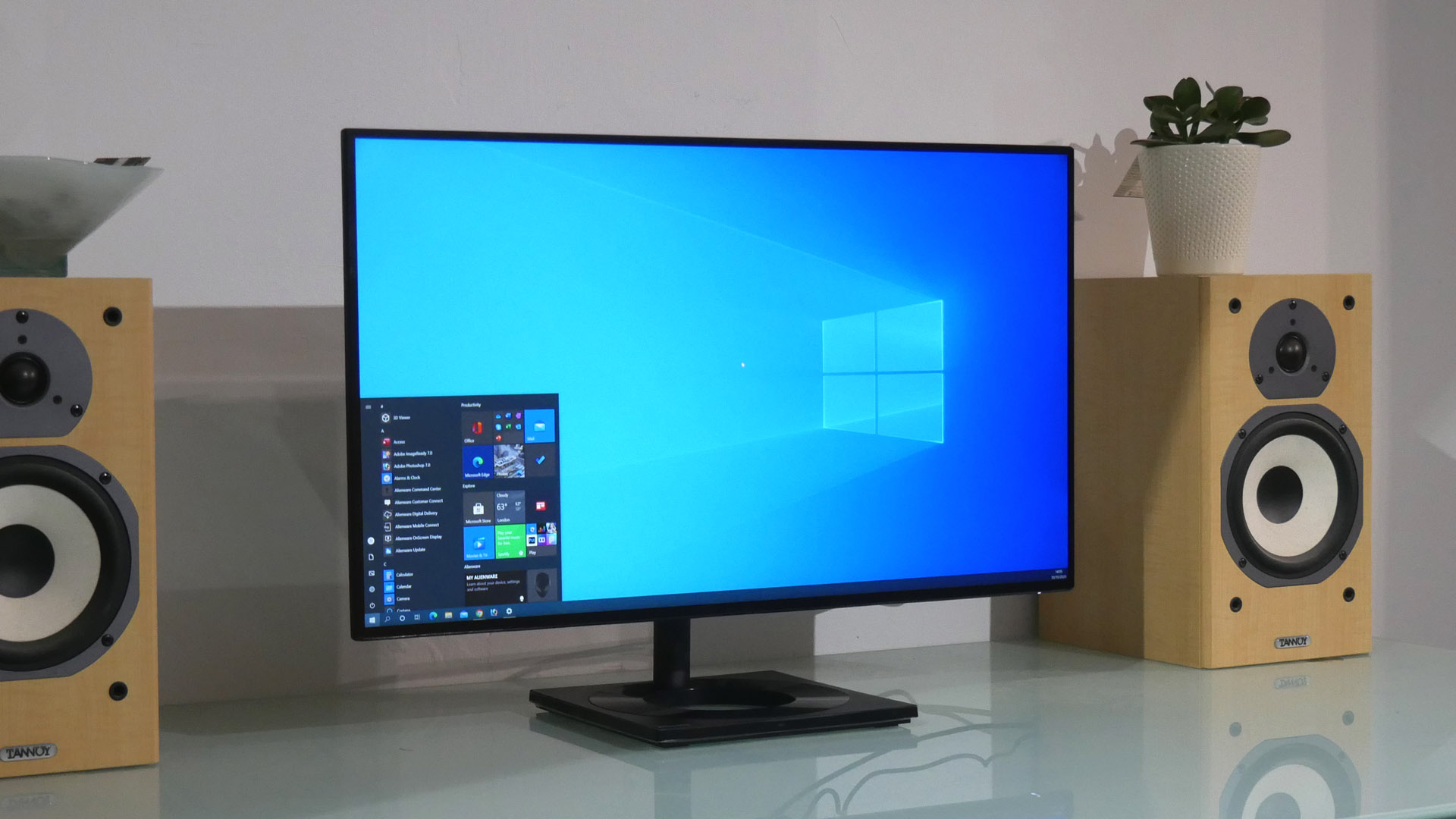TechRadar Verdict
Philips’ new 4K 27-inch IPS monitor is a USB-C-capable precision productivity package, but isn’t a true HDR panel.
Pros
- +
Gorgeous 4K IPS panel
- +
USB-C with charging and hub
- +
Sleek slim-bezel design
Cons
- -
Not a true HDR monitor
- -
Limited color coverage
Why you can trust TechRadar
Precision productivity. That’s the Philips 279C9’s core proposition. It’s a 27-inch 4K monitor that not only offers precise image quality thanks to its 4K native resolution and IPS panel. It also offers sharp styling and a feature set finely tuned for easing workflows.
Overall: 4.5
Design: 5
Features: 4
Performance: 4
Usability: 5
Value: 4
Highlights include USB-C connectivity complete with 65W of device charging and styling that’s both slick and compact, thanks to slim bezels.
The Philips 279C9 is also HDR certified, supports FreeSync and comes complete with a fully adjustable stand, including rotation into portrait mode. In short, this is a very promising display from a productivity perspective.
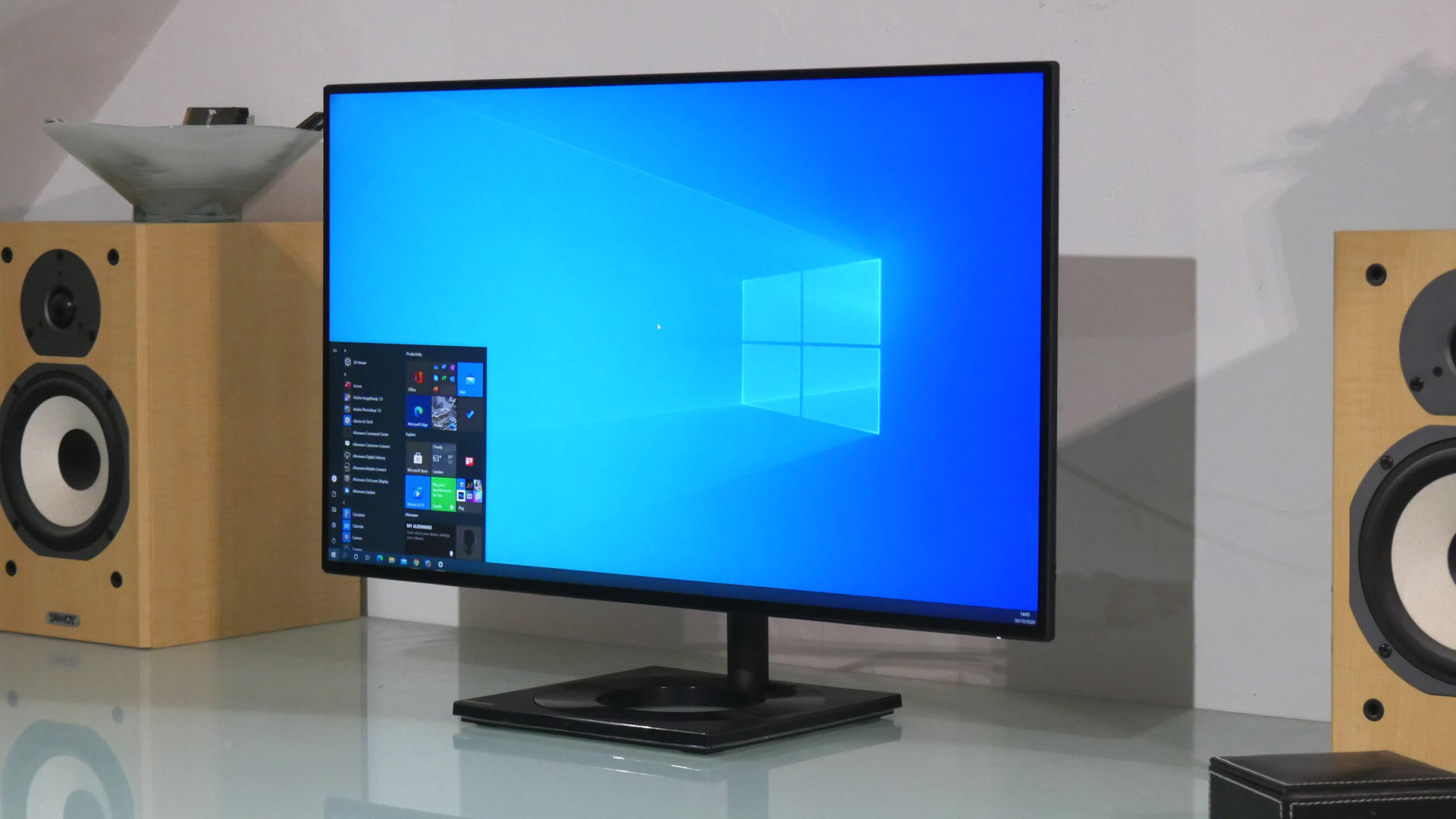
Price and availability
Priced around £449 in the UK (US pricing has yet to emerge, but we’d expect it to slip in just under $500), the Philips 279C9 is pretty competitively priced given its overall specification and feature set.
The reality for now is that full USB-C functionality with device charging adds significant cost. There are cheaper 4K 27-inch IPS monitors. But they pretty much all lack USB-C.
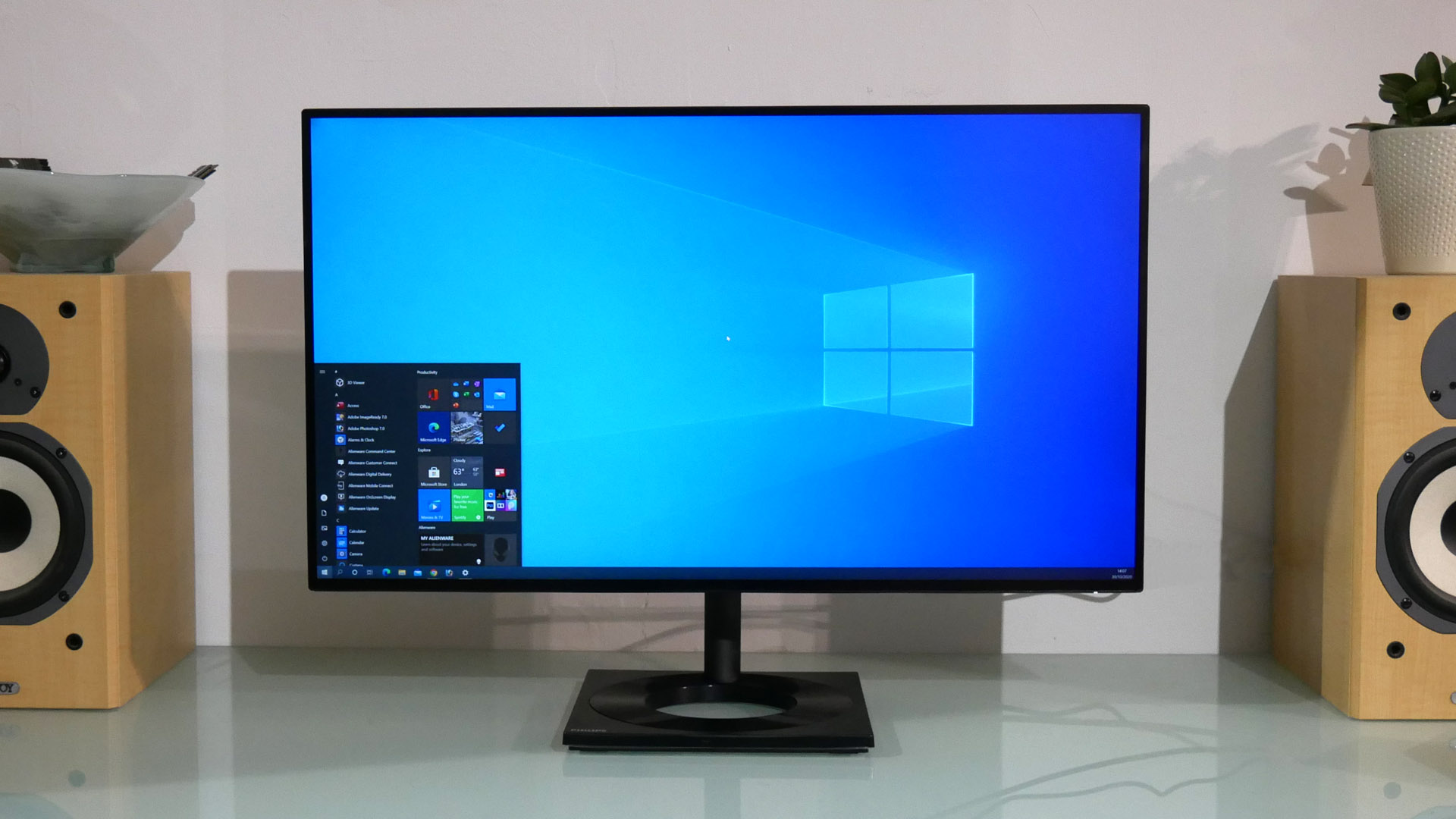
Design and features
From a pure design perspective, the Philips 279C9 is an obvious win. For starters, the super-slim bezels on all four sides of the IPS panel ensure a slick and contemporary look, even if they don’t quite live up to Philip’s ‘Zero’ bezel sales pitch.
The 279C9’s all-metal stand is a quality item, too, with the full gambit of adjustments including height, swivel, tilt and rotation into portrait mode. Overall, the impression is of a high-quality pro-grade device that if anything feels more expensive than its mid-market pricing.
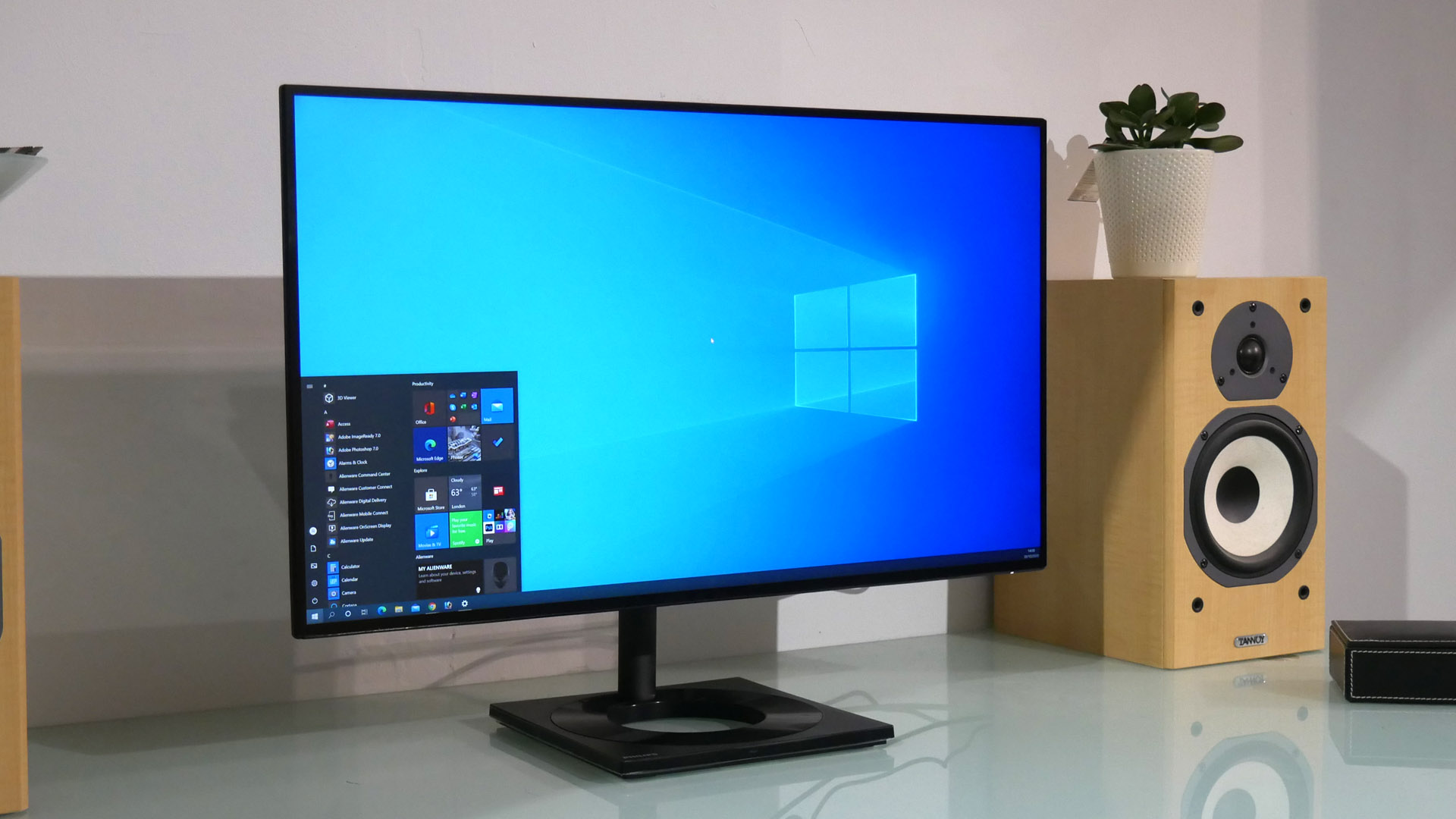
Philips has also had the 279C9 certified with the VESA DisplayHDR 400 standard. In truth, DisplayHDR 400 doesn’t imply true HDR capability. It neither requires any local backlight dimming capability nor makes any demands in terms of color coverage.
Features-wise, the main attraction is the 27-inch IPS panel. Along with the 4K native resolution (that’s 3,840 by 2,160 pixels running at 60Hz), it sports a claimed contrast of 1,300 to one, which is about as good as it currently gets for static contrast from IPS panels.
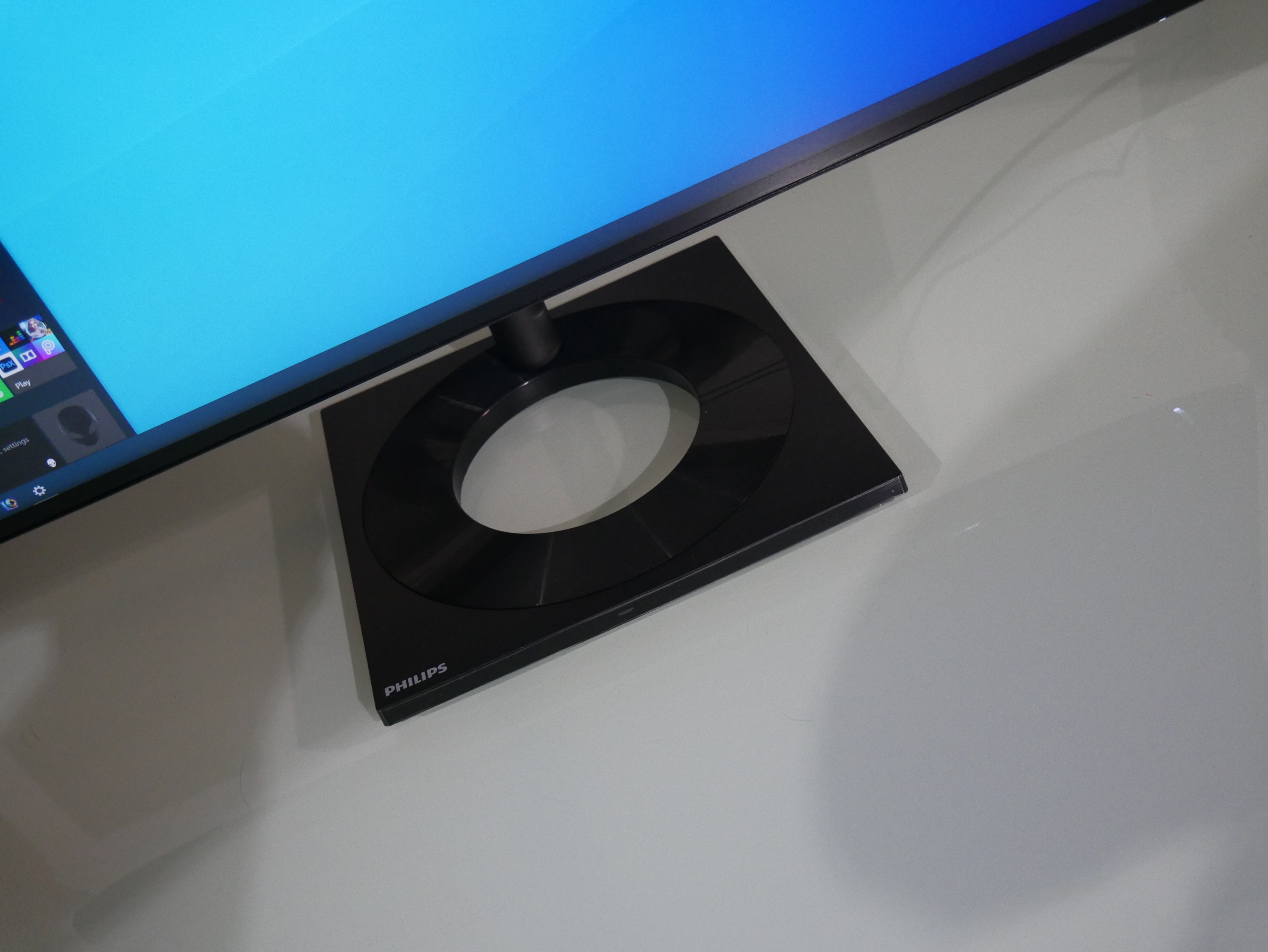
The peak brightness of just 400 nits isn’t the stuff of HDR drama, either. However, what DisplayHDR 400 does ensure is HDR content viewing with correct color balance, even if you’re not getting a proper high dynamic range experience.
Panel size 27-inch
Panel type IPS
Resolution 3,840 x 2,160
Brightness 400cd/m2
Contrast 1,300:1
Pixel response 5ms
Color coverage 109% sRGB, DisplayHDR 400
Refresh rate 60Hz
Vesa 100mm x 100mm
Inputs DisplayPort 1.4, 2x HDMI 2.0, 1x USB C with 65W charging
Anyway, to that core feature set the Philips 279C9 notably adds USB-C connectivity complete with 65W of device charging power. That’s a huge boon when it comes to simplicity of connectivity, especially for laptop users. It means a single cable can be used to both drive the display and charge the laptop.
A four-port USB-A hub is also included, so you can use that USB-C connection as a full docking interface, with peripherals such as keyboard, mouse and external storage attached to the display. Legacy style connectivity is well covered too, with dual HDMI 2.0 interfaces and a DisplayPort 1.4 socket.
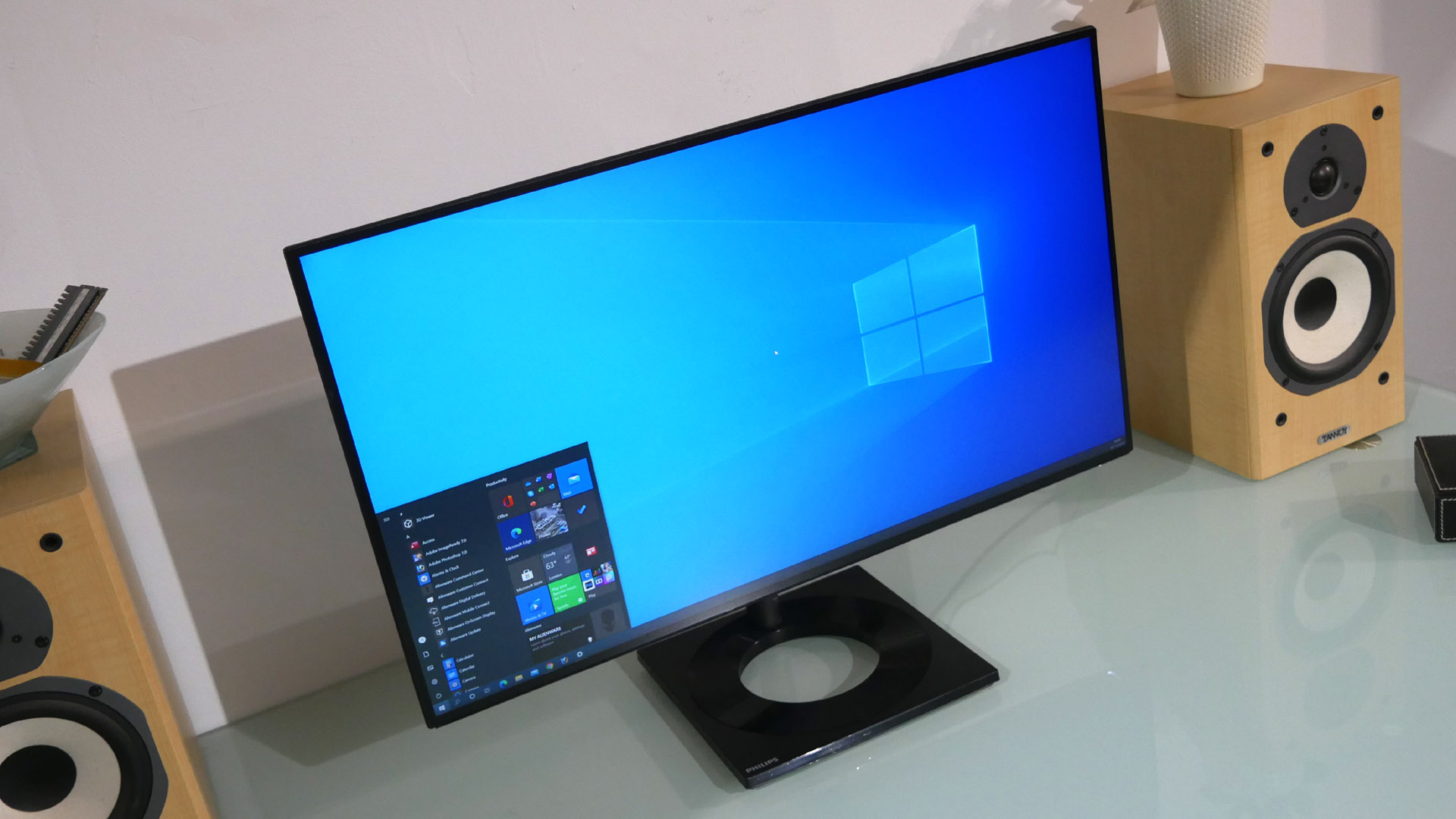
Performance
While the Philips 279C9 may not be a true HDR monitor, despite its VESA DisplayHDR 400 certification, as an SDR panel it’s an absolute peach. It’s punchy, vibrant while Philips’ default factory calibration betrays few flaws. There’s little to no evidence of compression at either the white or black end of our test scales. Nice.
The IPS tech predictably translates into pretty impeccable viewing angles and contrast performance is about as good as it gets from this panel type. Some IPS glow is visible, but only a little.
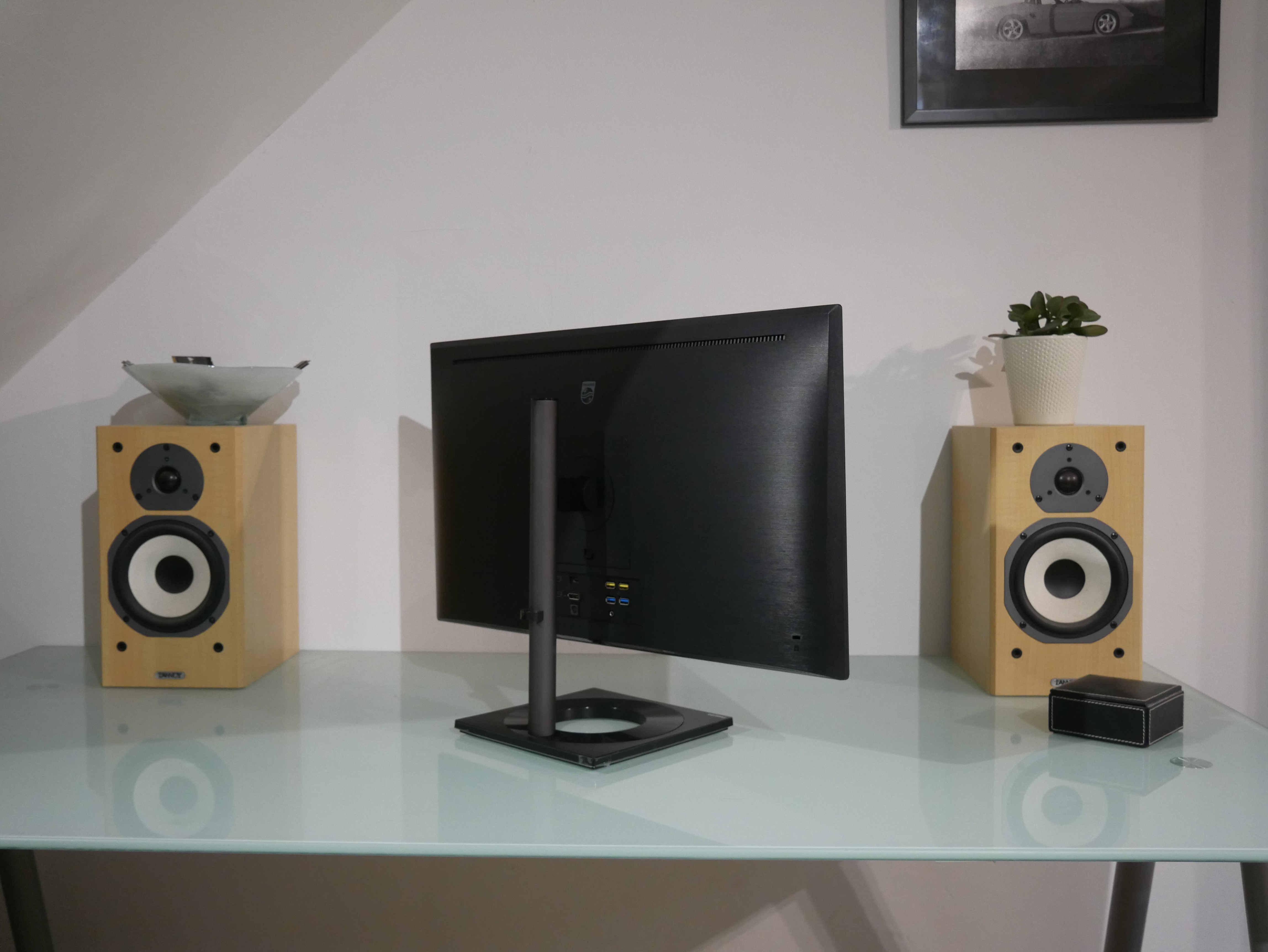
As for pixel response, Philips has included three levels of user-configurable overdrive. In the two fastest modes, some overshoot and thus inverse ghosting is evident. But the lowest level makes for decent response.
The 279C9 also supports AMD’s FreeSync adaptive refresh technology and suffers from no discernible input lag. So it can actually turn a pretty decent hand to gaming, even if it’s not targeted at gamers.
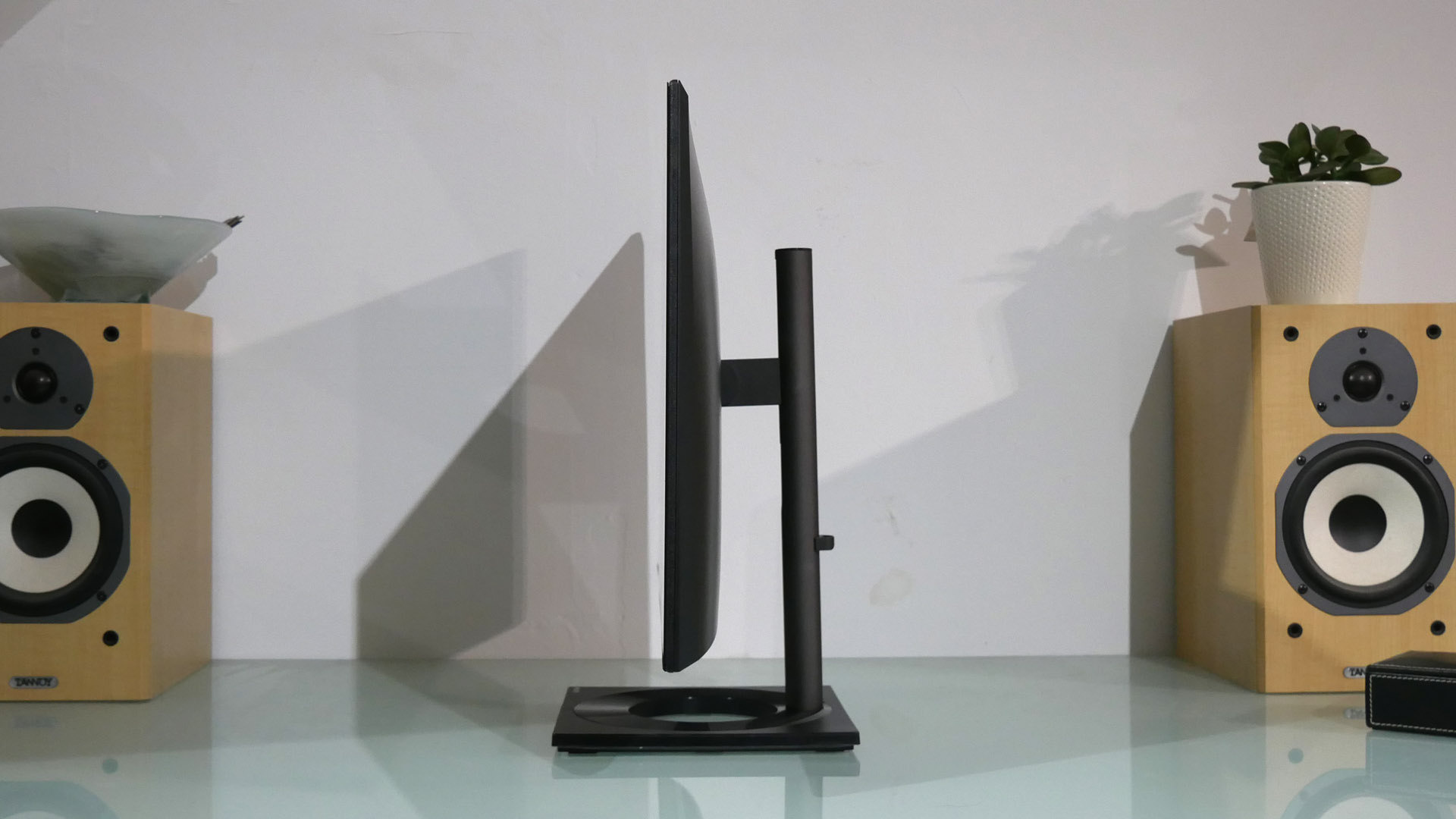
While the lack of true HDR capability may not be a major issue, the Philips 279C9’s relatively modest color coverage might be. Philips doesn’t quote coverage of either DCI-P3 or AdobeRGB. The only gamuts specified are sRGB at 109 per cent coverage and NTSC at 90.7 per cent.
That implies a monitor with middling color fidelity, rather than a screen with professional-grade content creation capability. Which is just fine given the price point. For the record, the only gamut catered for with a preset mode is sRGB.
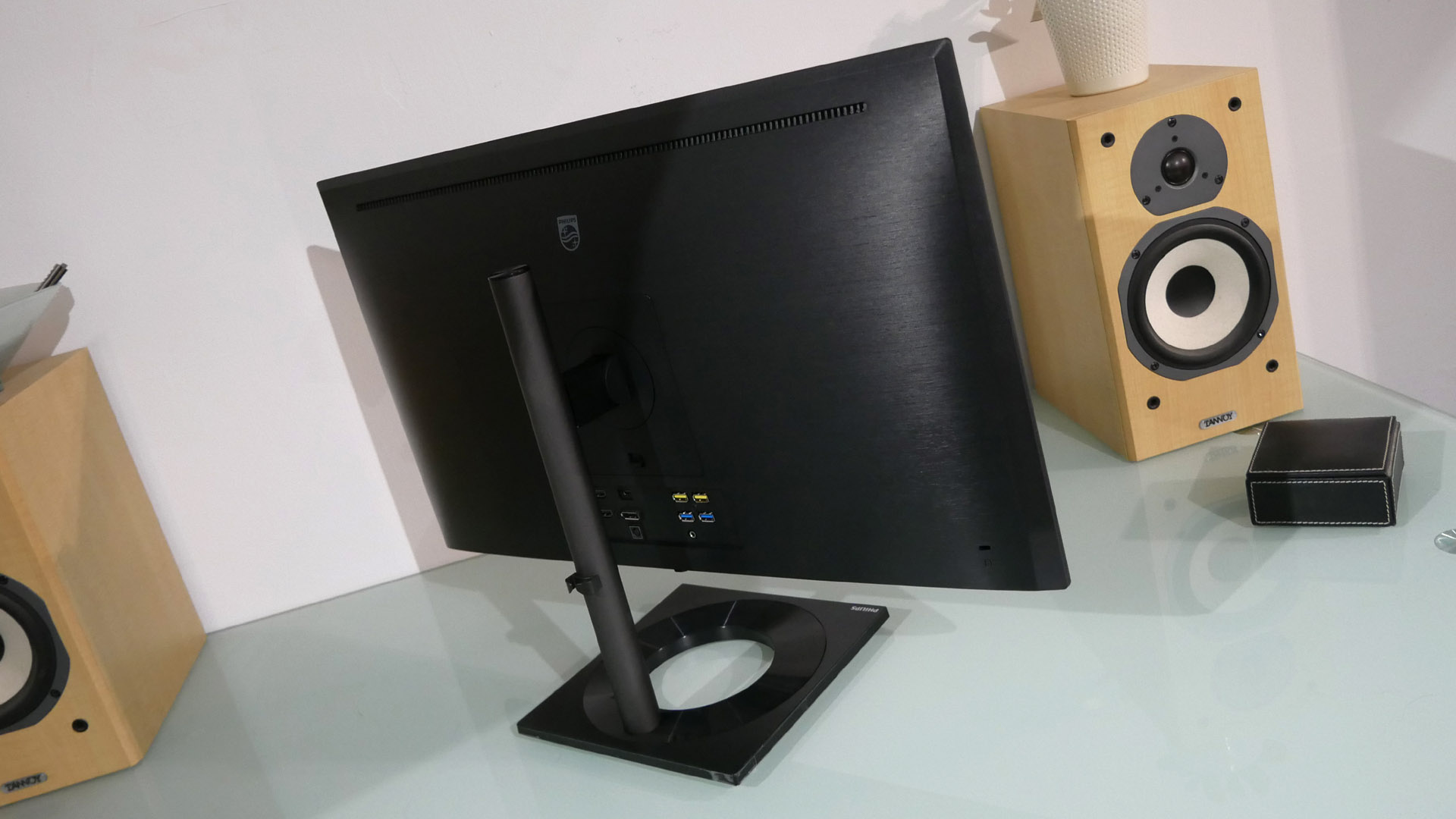
Of course, as a 27-inch 4K panel, the pixel pitch is pretty tight at 163 pixels per inch. That arguably doesn’t quite qualify as a true high DPI experience, which is around 200DPI or more. But it does make for nice, crisp fonts and loads of detail.
Packing all those pixels into a mid-sized display does present something of a conundrum when it comes to scaling settings in Windows. Set to 100 per cent, many users may find that fonts and icons are a little too small for comfort, while ramping up the scaling to 125 per cent and beyond obviously reduces effective desktop real estate. If that choice is the end user’s prerogative, just know that at this form factor 4K doesn’t necessarily translate into huge usable desktop space.
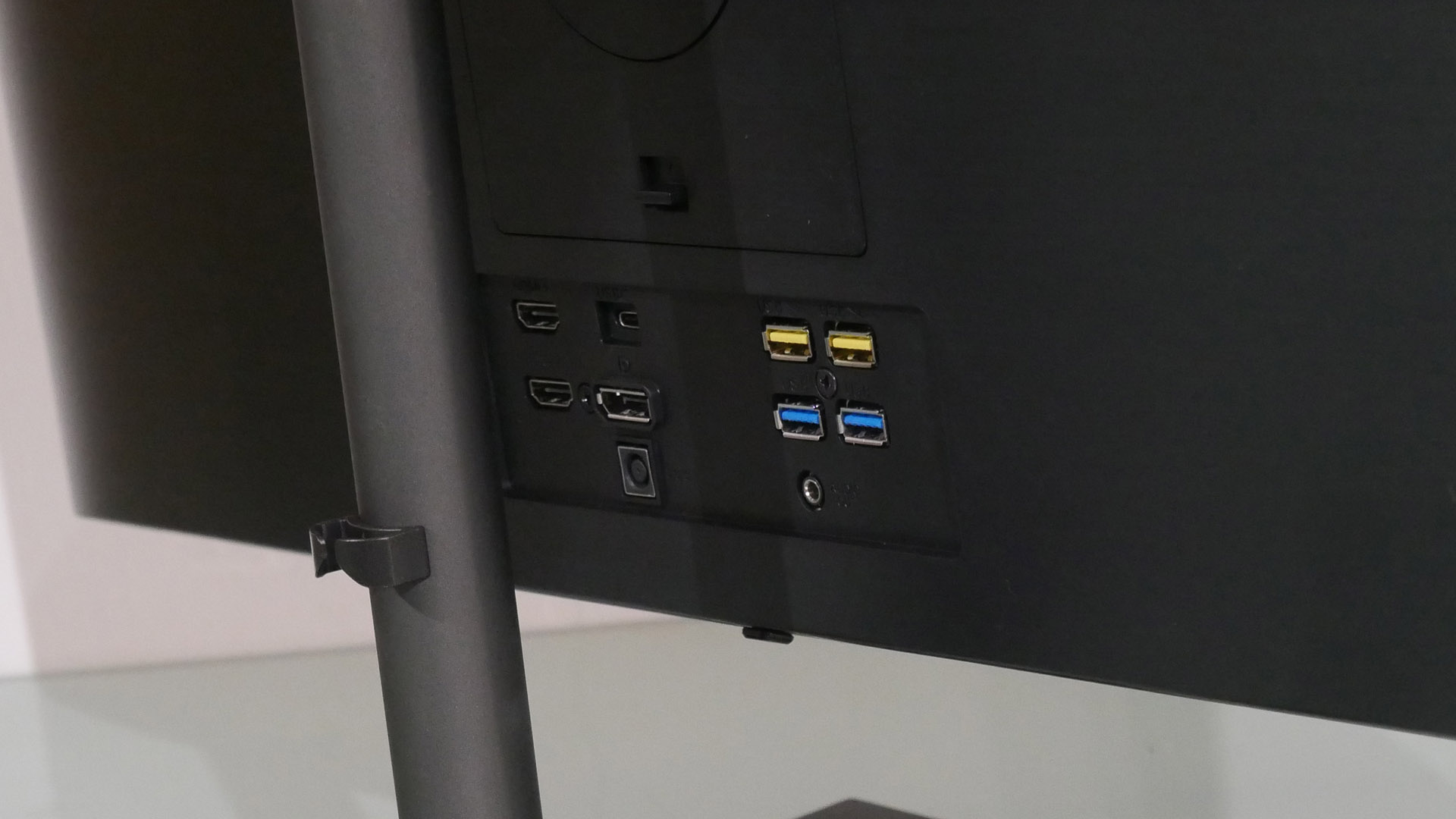
Verdict
The Philips 279C9 is neither a true HDR monitor, nor does it offer the kind of color coverage that demanding content creators will desire. But that’s just fine, given the price point and this screen’s remit.
Think of it instead as a precision productivity tool and you won’t be even slightly disappointed. The IPS panel delivers a punchy and vibrant SDR experience, while the 4K pixel grid packed into a 27-inch diagonal makes for lovely fonts and loads of detail.
Add in USB-C connectivity complete with 65W of charging power and a USB-A hub, plus a quality stand with a full array of adjustment and that sleek slim-bezel design and you have a very appealing package with few if any relevant flaws. Highly recommended.
- We've featured the best business monitors.
You also might want to check out our Philips 279C9 monitor review.
Technology and cars. Increasingly the twain shall meet. Which is handy, because Jeremy (Twitter) is addicted to both. Long-time tech journalist, former editor of iCar magazine and incumbent car guru for T3 magazine, Jeremy reckons in-car technology is about to go thermonuclear. No, not exploding cars. That would be silly. And dangerous. But rather an explosive period of unprecedented innovation. Enjoy the ride.
